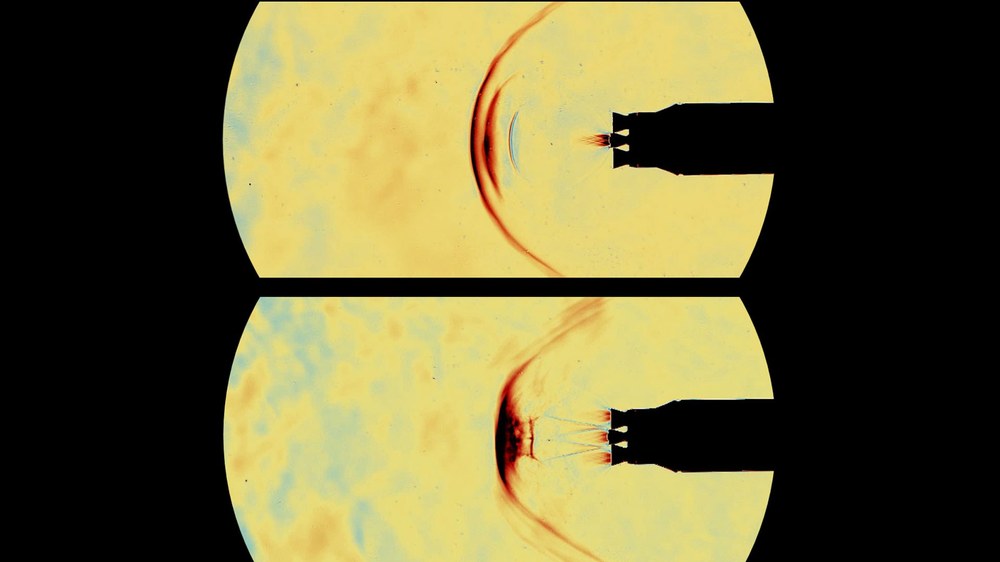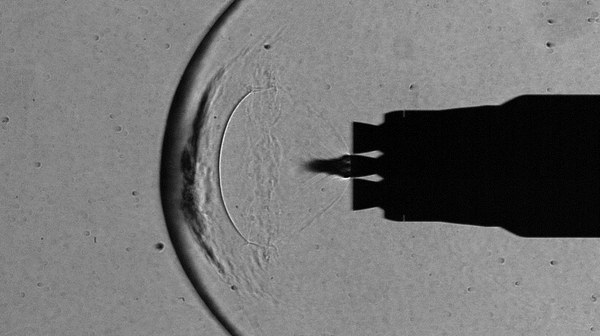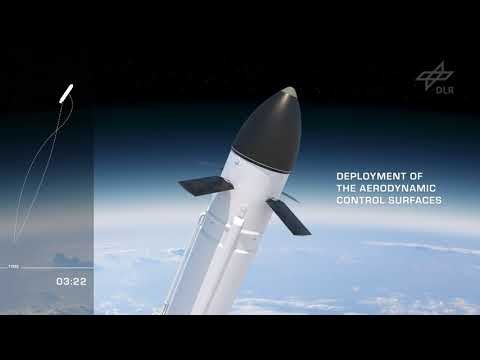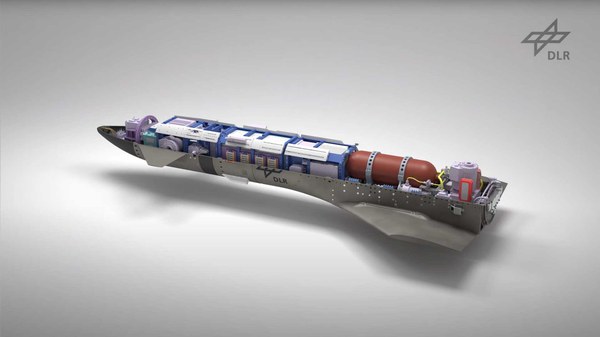Horizontal vs vertical landing – a comparison
For years, DLR has researched various concepts aimed at making rockets reusable. Instead of treating rockets as disposable, at least parts of the rocket, such as the first stage, should be able to land and be re-flown multiple times. This shift is crucial for making space transport more resource-efficient, climate-compatible and cost-effective.

















